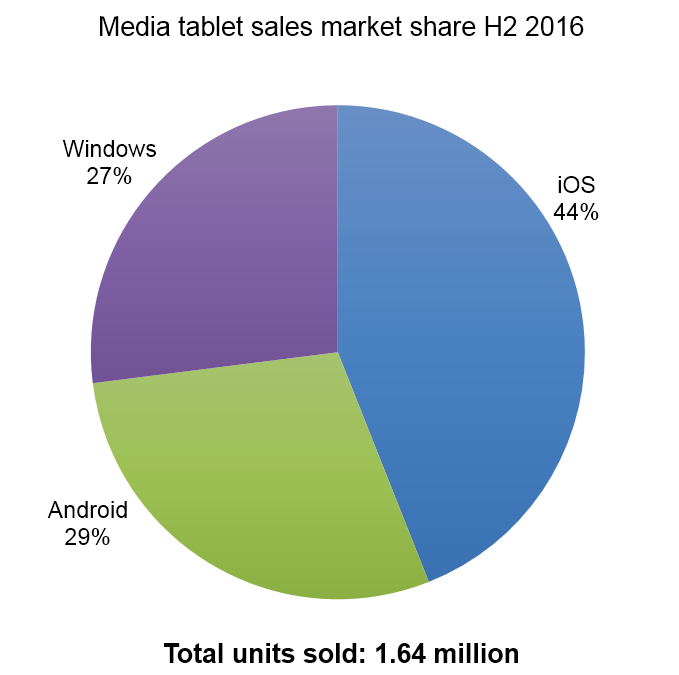1 in 4 considering nbn services from their primary mobile service provider
SYDNEY, AUSTRALIA – Australia’s telecommunications market is getting substantially more competitive leading up to a once in a generation churn opportunity with the arrival of nbn into metropolitan areas, according to a new study by emerging technology analyst firm Telsyte.
The Telsyte Australian Mobile Services Market Study 2017 found the mobile services market is heating up with 15 per cent of subscribers switching providers in 2016, up from 11 per cent in 2015.
Mobile is becoming a critical competitive factor for the fixed line market. A quarter of Australians are willing to consider getting nbn broadband from their primary mobile service provider even if they are not providing non-nbn fixed services today (providers like Vodafone, Amaysim, Kogan Mobile, ALDIMobile, etc.).
According to Telsyte’s survey of consumers, mobile carriers collectively rate higher than brands such as Google, Facebook or Apple in terms of potential to become nbn service providers. The nbn is a huge opportunity for mobile only carriers to expand their services in the coming years. More than 10 per cent of mobile and fixed broadband subscribers bundle their services already, and Telsyte believes this trend to continue to grow.
The Australian mobile services market continues to favour month-to-month plans, reaching 53 per cent at the end of December 2016 despite higher smartphone prices and more competitive contract plans. This lack of commitment to long term contracts is paving the way for more flexible fixed line broadband packages which could include pay by the month and pre-paid offerings.
MVNO growth accelerating as consumer hunt for better deals
MVNOs (Mobile Virtual network Operators) which currently have around 10 per cent share of subscriptions were responsible for a quarter of the net additional subscribers during H2, driven by competitive pricing and flexible non-contract plans. Telsyte found the market added more than 600,000 SIOs (Services in operation) in the six months to the end of December 2016, with 33.2 million SIOs in total.
“Carrier plans to use second SIMs to improve the bottom line has yet to really taken off,” Telsyte Senior Analyst, Alvin Lee says.
Less than 10 per cent of mobile phone users purchased second SIMs in 2016, as more Australians become comfortable tethering their devices to their smartphone with a larger data plan.
According to Telsyte’s research, the average smartphone data allowance increased by more than 40 per cent in 2016 while data usage grew by more than 60 per cent over the same period.
“More than 75 per cent of Australian smartphone users streamed music, video or both to their smartphones during 2016 and average data utilisation rate increased to around two thirds of the plan’s allowance,” Lee says.
Telsyte’s study found mobile international roaming is still not economical for all Australians, with only around one quarter of travellers activating roaming on their existing mobile services when abroad.
With many Australians travelling during the winter months, 1 in 3 will still choose to purchase a SIM on arrival, despite the lower prices and changes to roaming policies from Australian carriers.
Additionally, 18 per cent purchase a prepaid travel SIM, and the rest rely on public WIFI or go off grid (see below chart).
For further information on the report or media enquiries contact:
Alvin Lee
Senior Analyst
Tel: +61 2 9235 5890
Email: alee@telsyte.com.au
Foad Fadaghi
Managing Director
Tel: +61 2 9235 5851
Email: ffadaghi@telsyte.com.au
Telsyte’s Australian Mobile Services Market Study 2017 is a comprehensive study which provides subscribers with:
- Market sizing and forecasts of the Australian mobile services market
- Analysis of current offerings in the market
- Carrier performance and review
- End-user trends and strategic discussions
- Mobile services market KPI
In preparing this study, Telsyte used:
- Interviews conducted with executives from service providers, mobile operators, content providers and channel partners.
- An online survey of a representative sample of Australians 16+ years of age conducted with 1,060 respondents in November 2016.
- Financial reports released by service providers.
- On-going monitoring of local and global market and vendor trends.
About Telsyte
Telsyte is Australia’s leading emerging technology analyst firm. Telsyte analysts deliver market research, insights and advisory into enterprise and consumer technologies. Telsyte is an independent business unit of DXC.technology. For more information visit www.telsyte.com.au.
The material in this article is copyright protected and not intended to be altered, copied, distributed or used for any commercial or non-commercial purpose, except for news reporting, comment, criticism, teaching and scholarship.








